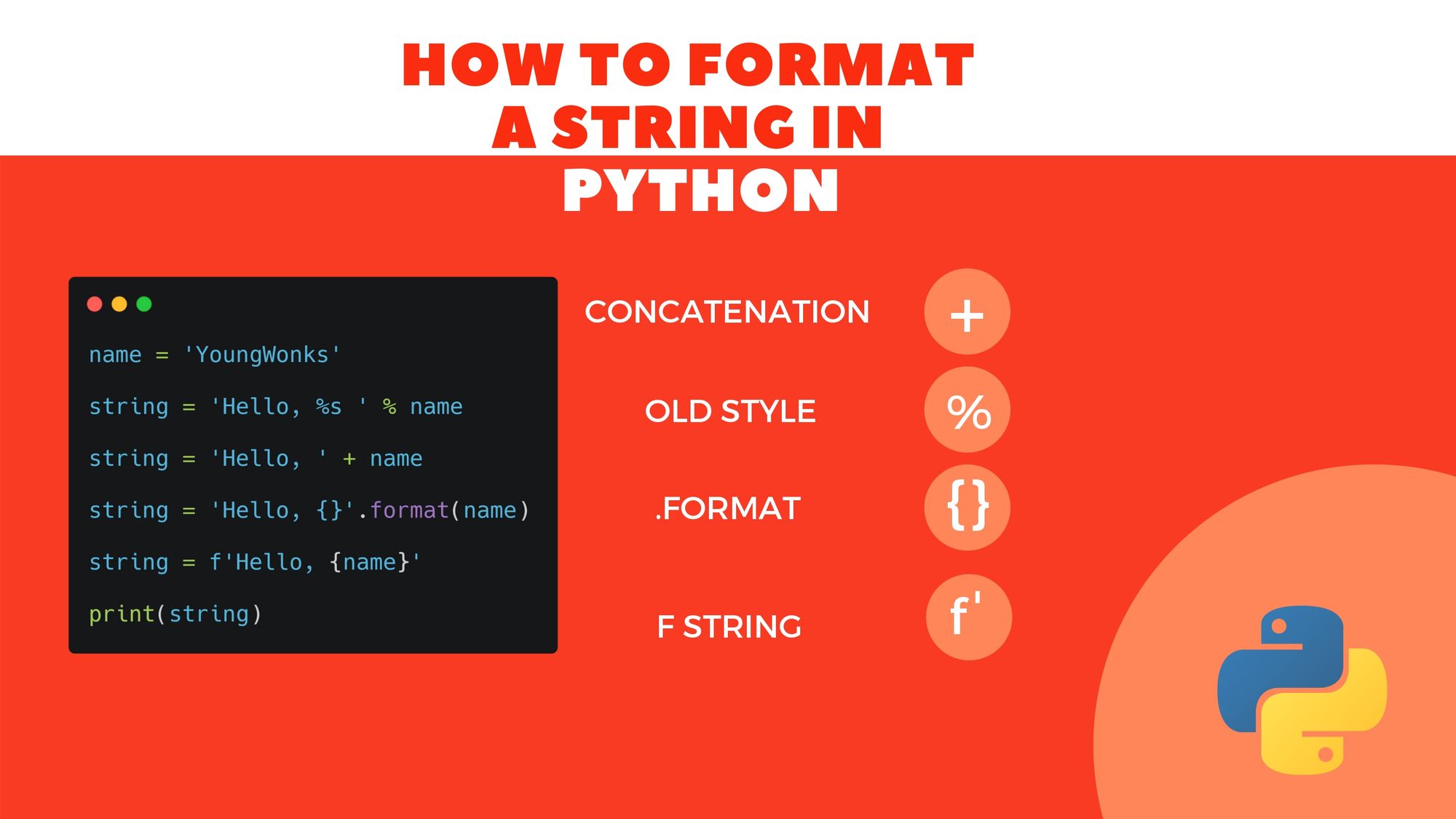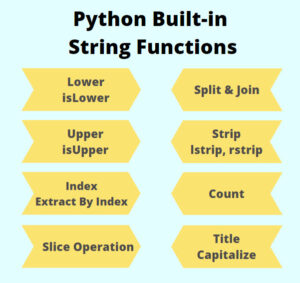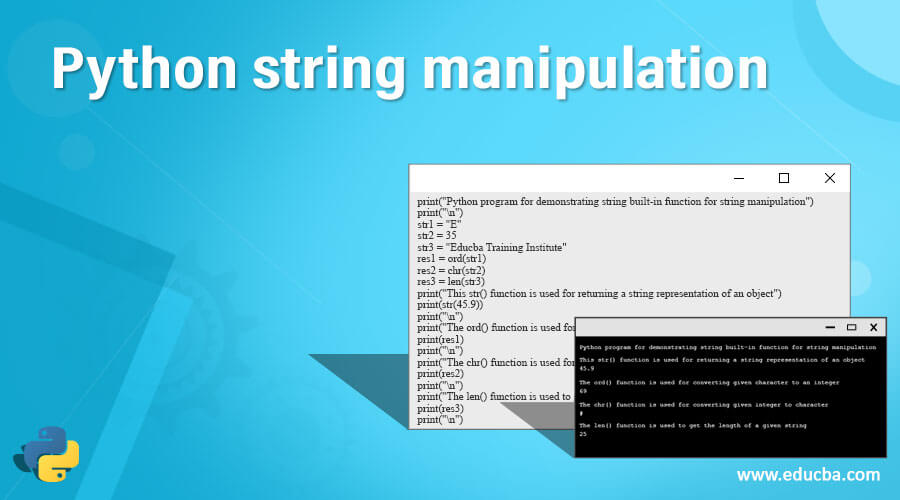Building Dynamic Strings with Ease
String manipulation is a fundamental aspect of Python programming, and appending to a string is a crucial skill for any developer. In Python, appending to a string allows developers to dynamically build and modify strings, making it an essential technique to master. This article provides a comprehensive guide to python append to a string, covering the basics, best practices, and real-world applications. By the end of this article, readers will be equipped with the knowledge and skills to effectively append to a string in Python, taking their string manipulation skills to the next level.
Understanding the Basics of Python Strings
In Python, strings are a fundamental data type that plays a crucial role in various applications. To effectively append to a string, it’s essential to understand the basics of Python strings. Python strings are immutable, meaning they cannot be changed once created. This immutability has significant implications when appending to a string, as it requires creating a new string object rather than modifying the existing one. Additionally, Python strings support indexing and slicing, allowing developers to access and manipulate specific parts of the string. Understanding these concepts is vital for mastering the art of appending to a string in Python.
How to Append to a String in Python
Now that we’ve covered the basics of Python strings, let’s dive into the various methods for appending to a string in Python. There are three primary ways to append to a string: using the ‘+’ operator, the ‘+=’ operator, and the ‘join()’ method. Each method has its own strengths and weaknesses, and understanding when to use each is crucial for effective string manipulation.
The ‘+’ operator is the most straightforward way to append to a string. For example, if we have two strings, ‘hello’ and ‘world’, we can append them using the ‘+’ operator like this: ‘hello’ + ‘world’ = ‘helloworld’. This method is simple, but it can be inefficient when dealing with large strings or multiple concatenations.
The ‘+=’ operator is similar to the ‘+’ operator, but it modifies the original string instead of creating a new one. This can be more efficient than the ‘+’ operator, especially when dealing with large strings. For example: my_string = ‘hello’; my_string += ‘world’; print(my_string) = ‘helloworld’.
The ‘join()’ method is a more flexible and efficient way to append to a string. It takes an iterable of strings as an argument and concatenates them into a single string. For example: my_list = [‘hello’, ‘world’]; my_string = ”.join(my_list); print(my_string) = ‘helloworld’. This method is particularly useful when dealing with lists of strings or other iterables.
By mastering these three methods, developers can effectively append to a string in Python and take their string manipulation skills to the next level. Whether you’re building dynamic URLs, creating log messages, or generating HTML content, understanding how to append to a string is a crucial skill for any Python developer.
Common Use Cases for Appending to a String
Appending to a string is a fundamental operation in Python, and it has numerous practical applications in various domains. In this section, we’ll explore some common scenarios where appending to a string is necessary, and provide examples of how it can be used in these situations.
One common use case is building dynamic URLs. For instance, when creating a web application, you might need to construct a URL based on user input or database queries. By appending to a string, you can dynamically generate the URL, ensuring that it’s accurate and up-to-date. For example: base_url = ‘https://example.com/’; query_string = ‘search?q=’ + user_input; final_url = base_url + query_string.
Another scenario where appending to a string is essential is creating log messages. When logging events or errors in an application, you might need to concatenate multiple strings to create a comprehensive log message. By using the ‘+’ operator or the ‘join()’ method, you can efficiently append to a string and generate a detailed log message.
Generating HTML content is another area where appending to a string is crucial. When creating web pages or templates, you might need to dynamically generate HTML code based on user input or database data. By appending to a string, you can construct the HTML code, ensuring that it’s accurate and well-formed. For example: html_template = ‘
Hello, ‘; html_template += user_name + ‘
‘.
These examples demonstrate the importance of appending to a string in Python. By mastering this skill, developers can efficiently generate dynamic strings, construct URLs, create log messages, and generate HTML content, making their applications more robust and effective.
Avoiding Common Pitfalls When Appending to a String
When appending to a string in Python, developers often make common mistakes that can lead to inefficient code, errors, or unexpected results. In this section, we’ll discuss some common pitfalls to avoid when appending to a string, and provide tips on how to write more efficient and effective code.
One common mistake is using the ‘+’ operator excessively. While the ‘+’ operator is a simple way to append to a string, it can be inefficient when dealing with large strings or multiple concatenations. This is because the ‘+’ operator creates a new string object each time it’s used, which can lead to memory issues and slow performance. Instead, use the ‘+=’ operator or the ‘join()’ method, which are more efficient and scalable.
Another pitfall is not considering string immutability. In Python, strings are immutable, meaning they cannot be changed in place. When appending to a string, developers often try to modify the original string, which can lead to errors or unexpected results. To avoid this, use the ‘+=’ operator or the ‘join()’ method, which create a new string object each time they’re used.
Additionally, developers should avoid unnecessary concatenation when appending to a string. Unnecessary concatenation can lead to slow performance, memory issues, and errors. Instead, use Python’s built-in string methods, such as the ‘format()’ method or f-strings, which provide a more efficient and readable way to append to a string.
By avoiding these common pitfalls, developers can write more efficient, effective, and scalable code when appending to a string in Python. Remember to use the ‘+=’ operator or the ‘join()’ method, consider string immutability, and avoid unnecessary concatenation to ensure that your code is robust and reliable.
Best Practices for String Manipulation in Python
When it comes to string manipulation in Python, writing clean, readable, and efficient code is crucial. In this section, we’ll provide guidelines on how to write effective code when appending to a string in Python, ensuring that your code is maintainable, scalable, and efficient.
One of the most important best practices is to use descriptive variable names. When appending to a string, use variable names that clearly indicate the purpose of the string, such as ‘dynamic_url’ or ‘log_message’. This makes your code more readable and easier to understand.
Another best practice is to avoid unnecessary concatenation. When appending to a string, avoid using the ‘+’ operator excessively, as it can lead to slow performance and memory issues. Instead, use the ‘+=’ operator or the ‘join()’ method, which are more efficient and scalable.
Leveraging Python’s built-in string methods is also essential. Python provides a range of string methods, such as the ‘format()’ method, f-strings, and the ‘join()’ method, which can be used to append to a string efficiently. By using these methods, you can write more concise and readable code.
Additionally, consider using string formatting techniques, such as f-strings, to append to a string. F-strings provide a concise and readable way to append to a string, making your code more efficient and maintainable.
By following these best practices, you can write clean, readable, and efficient code when appending to a string in Python. Remember to use descriptive variable names, avoid unnecessary concatenation, leverage Python’s built-in string methods, and consider using string formatting techniques to ensure that your code is robust and reliable.
Real-World Applications of Appending to a String
Appending to a string is a fundamental skill in Python programming, and its applications are diverse and widespread. In this section, we’ll explore real-world examples of how appending to a string is used in popular Python libraries, frameworks, and applications.
In web development, appending to a string is used to build dynamic URLs, create HTML templates, and generate CSS stylesheets. For instance, the popular Flask web framework uses string manipulation to construct URLs and generate HTML templates. Similarly, the Django framework uses string manipulation to generate HTML templates and create dynamic URLs.
In data analysis, appending to a string is used to create data visualizations, generate reports, and construct data queries. For example, the popular Pandas library uses string manipulation to construct data queries and generate reports. Similarly, the Matplotlib library uses string manipulation to create data visualizations and generate plots.
In machine learning, appending to a string is used to preprocess data, construct models, and generate predictions. For instance, the popular scikit-learn library uses string manipulation to preprocess data and construct models. Similarly, the TensorFlow library uses string manipulation to generate predictions and construct models.
Additionally, appending to a string is used in other areas, such as scientific computing, data science, and automation. For example, the popular NumPy library uses string manipulation to construct arrays and generate data visualizations. Similarly, the Automation Anywhere library uses string manipulation to automate tasks and generate reports.
By exploring these real-world applications, it’s clear that appending to a string is a fundamental skill in Python programming, and its applications are diverse and widespread. By mastering string manipulation, developers can unlock a range of possibilities and create innovative solutions in various domains.
Taking Your String Manipulation Skills to the Next Level
Now that you’ve mastered the basics of appending to a string in Python, it’s time to take your skills to the next level. With practice and experimentation, you can unlock the full potential of string manipulation in Python.
One way to improve your skills is to explore advanced string manipulation techniques, such as regular expressions and string formatting. These techniques can help you solve complex string manipulation problems and write more efficient code.
Another way to improve your skills is to practice with real-world examples. Try appending to a string in different scenarios, such as building dynamic URLs, creating log messages, or generating HTML content. This will help you develop a deeper understanding of how to apply string manipulation in practical situations.
Additionally, you can explore popular Python libraries and frameworks that rely heavily on string manipulation, such as Django, Flask, or Pandas. By studying how these libraries use string manipulation, you can gain insights into best practices and advanced techniques.
Remember, mastering string manipulation in Python takes time and practice. By continuing to learn and experiment, you can become proficient in appending to a string and take your Python skills to the next level. With the skills you’ve learned in this article, you’re ready to tackle complex string manipulation tasks and write efficient, readable code.







